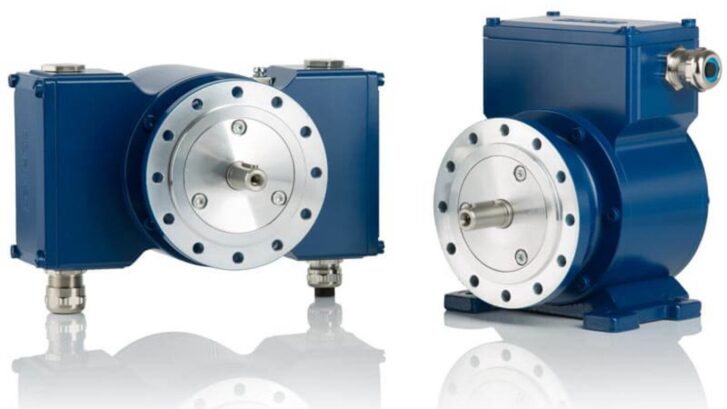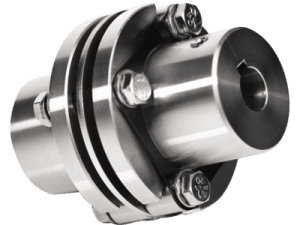Parts and Solutions, for Large Machinery in the Port, Mining, Steel and Bulk Material Handling Industries by Hubner Australia
Safeguard machinery and heavy equipment at high-risk worksites with the help of Hubner Australia.
You cannot avoid testing your heavy machinery. We make high-tech machinery with the help of the best technology there is to help you with high-risk worksite machine testing and control.
Choose motors, encoders, generators, speed switches, and more designed by us to test your equipment. We at Hubner Australia also provide you with the latest assembly products with quality system backup to help you find out if your machinery is ‘officially fit’ for work or high-risk operations.
With us, you can find:
- Advanced Remote-Field-Testing (RFT)
- Encoder Systems
- Motors and Generators
- Hydraulic Buffers
- Sensor Systems
- Crane products
- Accessories
- Load Volumetric Scanning
Our motto is saying ‘yes’ to your worksite challenges because we solve them for you. Test us now!
Services Available with Hubner Australia
We are proficient in the work we do. Whether it’s the quality RFT technology we offer or the encoder Australia systems we bring for you, everything from our end is precisely managed and maintained so that they can offer you the same kind of support.
Read More
Here are the services we provide for you:
- Remote-Field Testing (RFT)
What if your work site has a number of metal tubes or pipes, and you might transfer sensitive substances through them? These pipes should not be weak at parts, fragile, or sensitive to continuous use.
Whether or not they are fragile in parts or can withstand heavy workloads is all about knowing if they are technically functional for operation.
RFT can detect that. It is an entirely non-destructive electromagnetic testing, which aims to find out if there are defects in metal tubes or pipes.
- Encoder System
Suppose you have been given the guidelines to operate on a lift. You can make the structure and embed the systems. But how would you know which floor the lift is on and where it is moving to?
With encoder systems, you get the technology to ‘sense’ and, therefore, read the performance of heavy machinery.
Encoder systems are high-level sensor systems that allow you to pick up motion signals and then convert them into digital data to define if your machine is working properly and if it will behave the same way with extensive operations. Encoder systems are used in:
- Rail roller guides
- Monitoring crane setups
- Automation
- Robotics
- Packaging
- Automation
- Imaging and more
- Crane Products
What if your crane wheels are not functional? Which crane accessories do you need? Is the crane chairs you have put in the cabin ergonomic for the driver?
We can help you make these things and that too in the right standards.
Hubner, by partnering with Metagro, can offer you customised solutions to design your crane accessories, such as cabins, crane chairs, crane wheels, remote-controlled operator desks, etc.
- Automated Container Terminal
Need to move heavy but highly sensitive cargo from the docking site to the ship? Or is it a construction project where you must transfer heavy materials using complete automatic equipment?
Our high-quality encoder systems and custom-designed motors can make your own automated container terminal system without even a tinge of imperfection.
We have been building integrated systems such as this for years. If you want reliable systems for your overall work, test us now.
- Rail Roller Guides
You might be looking for these products if you are into aquaculture. The rail roller guides are perfect replacements for the balls in raceways. And if you’re looking for them, you don’t need to look any further.
Our rail roller guides come with remarkable load-bearing capacity. Although they are made in that way, they are rigid enough for you to trust them with extensive application needs.
- Load Volumetric Scanning
You need to measure your truck’s cargo. That determines how effectively you can transport them.
This is where you will need to load volumetric scanning systems. We provide a variety of these systems to help you measure the volume of the material you have loaded on the truck.
We can offer you automated loan volumetric scanning systems to make your work faster as well.
- Hydraulic Buffers
You need hydraulic buffers to ensure your crane is working safely.
They come with a certain load-bearing capacity. However, the purpose of the hydraulic buffers is to protect your rail lift systems or crane systems from collision. It works by absorbing the force of the collision.
If you need the best hydraulic buffers made, then you have the solution right at hand with us. Let us know the machinery you have been using. We’ll take charge of designing and manufacturing your hydraulic buffers as precisely as possible.
Our Product Range: Encoder Systems and More
Why Do You Want to Work with Hubner Australia?
Hubner is also known as Johannes Huebner Giessen, which has been in the industry as a prominent name since 1934.
We are a pioneer in offering the best heavy-duty machinery like RFT, gearboxes, motors, crane wheels, rail roller guides, encoders Australia, and so much more.
With time and technology, our services have evolved into full-fledged sensor systems and high-quality equipment design to offer you an all-round engineering solution.
What do we want? We want you to know you are using the right machinery and that they are tested for the safest operations possible.
Hubner is more than 80 years old as a brand in this section of the industry.
We manufacture products on our own terms, designed for your operational needs.
We conduct work on international standards.
Quality reputation and proven track record.
We would love to have a good word with you. Feel free to make a call or send a message to us anytime you please.
Our Specialist Articles
Associated Partners

GlobalMec
MEC is an established Australian company that has been providing high-quality products for the industrial market since its inception in 2004. With its continuous growth over the years, MEC has become the country’s leading manufacturer and supplier of electrical products and services. The company’s main focus is on providing electric motor thermal protection solutions, which have received widespread acclaim from customers across various industries.
Read More
MEC has built an excellent reputation for manufacturing customised sensors that cater to the specific needs of its clients. The company’s highly-skilled team of professionals is committed to delivering innovative and reliable solutions that help businesses operate more efficiently.
In addition to its core products, MEC has expanded its offerings to include a comprehensive range of condition monitoring, instrumentation, automation products, and accessories. The company’s commitment to providing exceptional customer service and support has driven its success in this highly competitive industry.
MEC has branches in Brisbane, Melbourne, and Johannesburg, which ensures it can provide services across different locations. Whether it’s for industrial or commercial purposes, MEC has the expertise and experience to help clients achieve their desired outcomes. With a focus on quality, reliability, and innovation, MEC continues to set itself apart as a leading electrical solutions provider in Australia.







